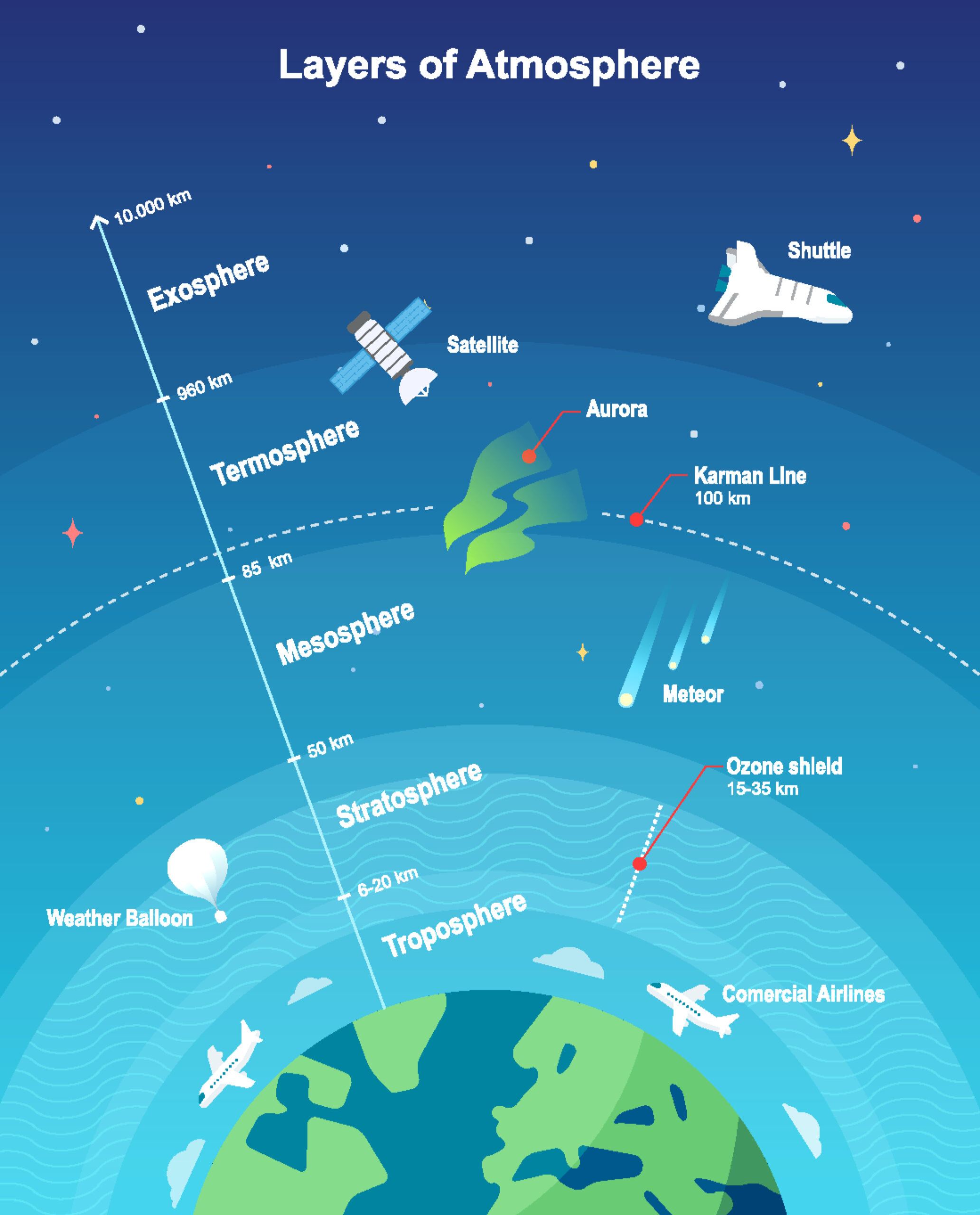A new study demonstrates that HFC-23 (CF3H) is not formed during the decomposition of HFOs and HCFOs in the troposphere
Most HFOs and HCFOs decompose in the atmosphere via an intermediate product which then breaks down further. The breakdown of the intermediate product CF3CHO (trifluoroacetaldehyde) has been investigated as early as the 1990s. In 2021 EFCTC published an analysis of the atmospheric degradation of this intermediate, which can occur via three routes. In that same year, a non-peer-reviewed publication proposed that the intermediate CF3CHO also breaks down to produce significant quantities of the high global warming potential substance HFC-23 (CF3H).  This has now been shown to be incorrect. New experimental work, published in 2022, demonstrates that HFC-23 (CF3H) is NOT formed during the decomposition of HFOs and HCFOs in the troposphere. This supports earlier work, including from 2006, which concluded that CF3H formation from CF3CHO is of no significance.
This has now been shown to be incorrect. New experimental work, published in 2022, demonstrates that HFC-23 (CF3H) is NOT formed during the decomposition of HFOs and HCFOs in the troposphere. This supports earlier work, including from 2006, which concluded that CF3H formation from CF3CHO is of no significance.
See the EFCTC news article for more information about this important new study.
This new study adds to the scientific data on the breakdown of the intermediate product CF3CHO, which has been investigated to determine other possible final decomposition products. EFCTC published an analysis of the most current, peer reviewed scientific papers on the potential contribution of HFOs and HCFOs that breakdown via CF3CHO to existing and future TFA levels. The conclusion from these papers is that the very low yields of TFA (expected to be in the range 0 to 2% or 0 to 4% depending on the HFO) from these substances means that their expected contribution to TFA in the environment is extremely small.
Together, the studies confirm that these HFOs and HCFOs are ultra-low GWP substances, which breakdown in the troposphere to naturally occurring substances, with their expected contribution to TFA in the environment being extremely small. They are making an important contribution to delivering safe energy efficient applications and lower overall greenhouse gas emissions.
Image: ©Cefic